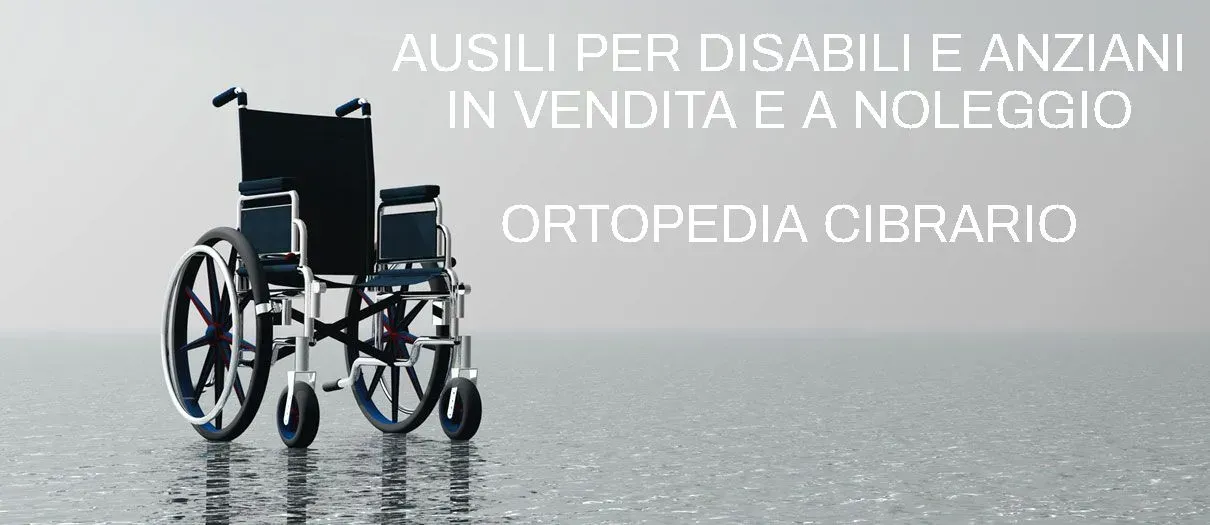IONOPHORESIS
Iontophoresis Therapy Guide
By iontophoresis (iòno-phòresis = transport of ions) we mean the introduction of a drug into the organism through
the epidermis (transcutaneous administration), using a direct current
(galvanic current), produced by a special generator.
The advantages of administering drugs with this modality are essentially:
Avoid administration by systemic route (oral, intramuscular, intravenous);
Apply the drug directly to the body site affected by the pathology;
Allow the introduction of the active ingredient alone, without carriers (excipients);
Allow ions to bind to certain protoplasmic proteins;
Hyperpolarize the nerve endings.
Regarding the route of administration, it is useful to remember that the systemic route presents
several contraindications; in fact, all drugs present the risk, more or less marked,
of side effects to the detriment of various organs and anatomical systems.
This is because, to ensure a valid therapeutic action, the drug must necessarily achieve
a blood concentration (percentage of drug circulating in the blood),
such as to be able to guarantee a valid therapeutic action.
All this determines the presence in the vascular circulation, as well as of the drug,
also of metabolites of the same, produced by the liver, which must be "disposed of"
from the body through various routes, first of all the renal route.
Added to this is the indirect damage caused by the drug to other organs, due to the alteration
the conditions in which this normally operates, as in the case of the digestive system,
in which some drugs alter the acid-base balance, even with serious consequences (e.g. gastritis
and gastroduodenitis caused by taking NSAIDs - Non-Steroidal Anti-Inflammatory Drugs).
The second advantage is that of being able to apply the drug directly to the area to be treated,
thus reducing therapeutic times, with consequent regression of symptoms in less time.
Painful conditions (pain) of the musculoskeletal system, resulting from arthritis, arthrosis, sciatica, low back pain, cervical pain,
muscle strains, etc., are therefore treated by limiting the therapeutic effect only to the affected area.
The third is the possibility of introducing only the active ingredient of the drug, in ionic form,
without the excipients, which often cause more or less adverse reactions.
At the fourth point we must consider that the drug binds in ionic form
to specific protoplasmic proteins, increasing their residence time in the
anatomical sites involved (half-life), thus being able to reduce the quantities
of drug used for the same pathology compared to other routes of administration.
It was possible to measure that this therapeutic system has the ability to make people absorb
to the affected region a quantity of drug up to 100 times greater than that absorbed,
for example, orally.
Lastly, the application of low intensity direct currents has a significant result
to hyperpolarize the nerve endings, causing their elevation
of the excitability threshold, thus obtaining a high analgesic effect (TENS effect).
All this is possible because all drugs have the characteristic of presence
of positive, negative, or both ions (bipolar) - therefore electrically charged - and, exploiting
therefore the physical principle of ion migration from one electric pole to another, we obtain
a transcutaneous administration, which uses the skin as an administration route.
From a strictly electronic point of view, a generator for iontophoresis
it is essentially a low intensity constant current generator (generally
currents between 5 milliamps and 10 milliamps are used),
that is, it supplies a direct current that is stable over time, accompanied by various control systems
and timing, so as to allow the creation of an electric field which
is applied via two electrodes, one positive and the other negative, constituted
by conductive rubber plates covered with an absorbent surface, placed on the skin
of the subject near the area to be treated.
The drug must be placed on the electrode corresponding to its polarity,
for example, if the drug is of positive polarity it will be applied to the positive plaque, if negative
on the negative plate, if bipolar indifferently.
Applying the plaque with the drug on the area to be treated and the other plaque at a distance
of approximately 20/30 cm, the current will convey the ionized drug inside the tissues
because the ions of the drug itself will migrate towards the opposite pole until complete absorption.












